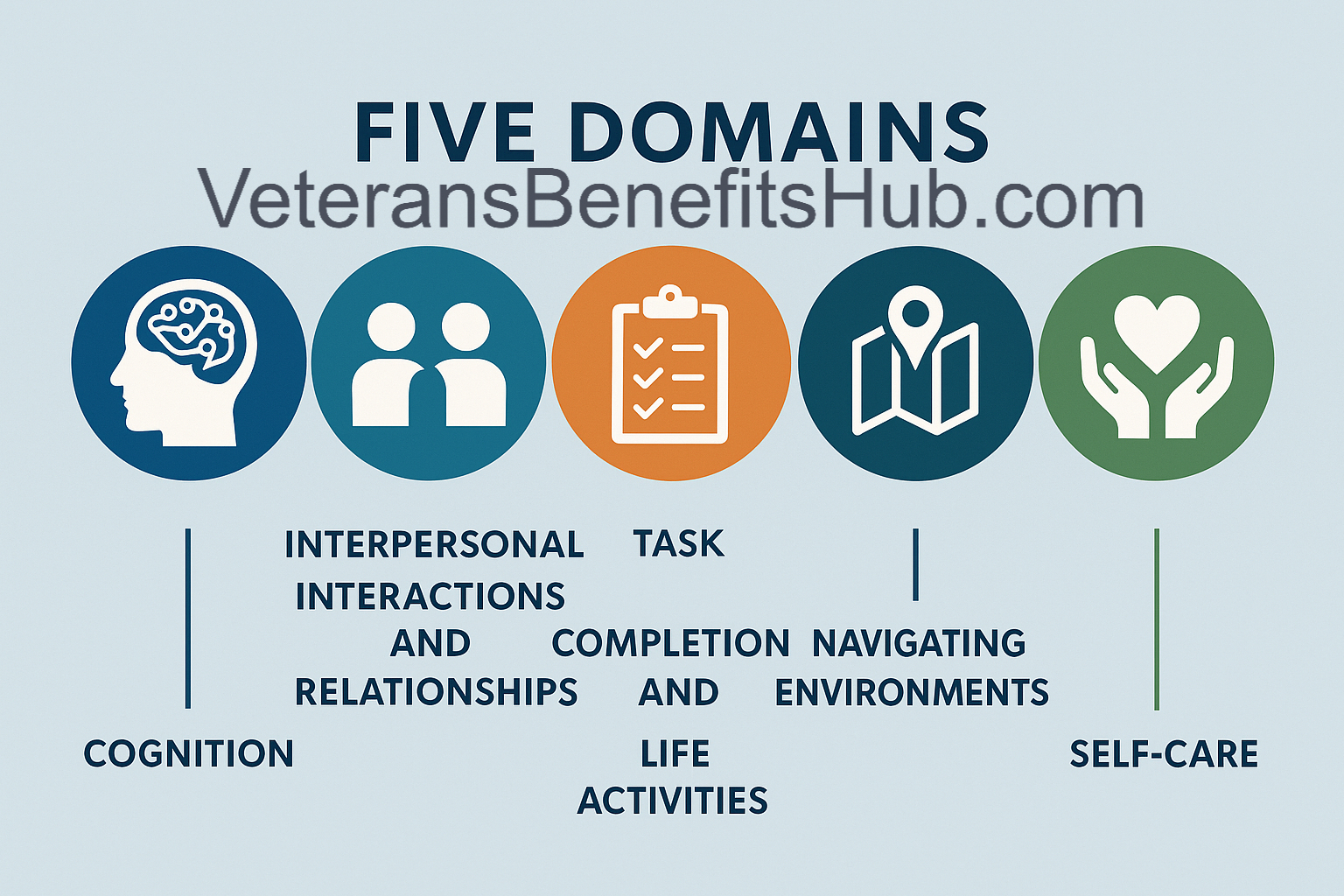
Upcoming VA Mental Health Rating Changes: What Veterans Need to Know
The VA is preparing to roll out major changes to its mental health rating schedule, and this could have a big impact on veterans with conditions such as PTSD, MST, depression, anxiety, and other mental health issues. Whether you’re rated at 30%, 50%, or 70%, these updates may offer a path to a higher rating — but it will require preparation and effort on your part.
Importantly, these changes have not yet taken effect. Based on historical trends, the VA will likely provide a two-month advance notice. As of now, the new schedule is tentatively scheduled to go into effect in August 2025, although delays are possible.
Preparation is Key
If you want to take advantage of the new mental health rating schedule, you must prepare properly. That means:
- Understanding the changes in detail
- Working with a medical provider who is knowledgeable about the upcoming rating criteria
- Gathering medical evidence that specifically addresses the new evaluation standards
Ideally, your provider should help you complete a Disability Benefits Questionnaire (DBQ) that aligns with the new rating structure. If your current doctor is unwilling or unable to assist, organizations like American Medical Experts (AM) offer free consultations and understand what evidence the VA is looking for.
What’s Changing?


Currently, mental health ratings are based on a broad list of symptoms and severity levveteransbenefitshub.comels. The new system will break mental health evaluations into five distinct “domains of function”:
- Cognition
- Interpersonal Interactions and Relationships
- Task Completion and Life Activities
- Navigating Environments
- Self-Care
Each domain will be rated separately on a severity scale from 0 to 4:
- 0: No impairment
- 1: Mild impairment
- 2: Moderate impairment
- 3: Severe impairment
- 4: Total impairment
Additionally, the 0% rating will be eliminated — the new minimum will be 10%. Also, the VA is removing the “total occupational and social impairment” requirement from the 100% rating criteria, potentially making it easier to qualify for full benefits.
Understanding Severity Levels
It’s crucial to understand how the VA defines severity levels for each domain:
Mild (Level 1)
Slight difficulties that do not interfere with tasks, activities, or relationships. No frequency requirement.
Moderate (Level 2)
Clinically significant difficulties that interfere with tasks, activities, or relationships. Must occur 25% or more of the time, or severe impairment less than 25% of the time.
Severe (Level 3)
Serious difficulties that interfere with tasks, activities, or relationships. Must occur 25% or more of the time, or total impairment less than 25% of the time.
Total (Level 4)
Profound difficulties that cannot be managed or remedied, interfering completely with tasks, activities, or relationships. Must occur at least 25% of the time.
How the Ratings Will Be Assigned
Your final mental health rating will be based on the combination of ratings across the five domains. Examples:
- 30% Rating: Mild impairment in two or more domains.
- 50% Rating: Moderate impairment in two or more domains.
- 70% Rating: Severe impairment in two or more domains.
- 100% Rating: Total impairment in two or more domains, or a combination of severe and total impairments as specified in the schedule.
Final Thoughts
While these changes offer an opportunity for many veterans to receive a more accurate and possibly higher rating, it’s critical to be proactive. Learn the new system, seek qualified medical support, and ensure your conditions are documented according to the new standards.
Start working on your claims early — preparation could make all the difference when the new system takes effect.
Disclaimer: Some portions of this article may include personal opinions based on interpretation of the proposed VA rating schedule changes. Veterans should consult with a qualified VA-accredited representative or medical professional for personalized advice regarding their specific situation.
